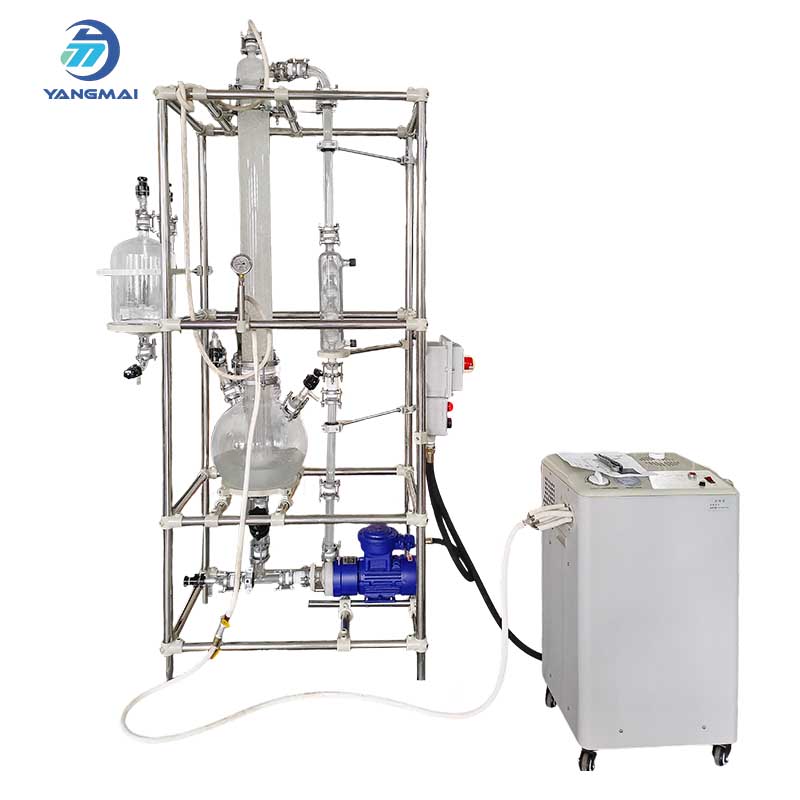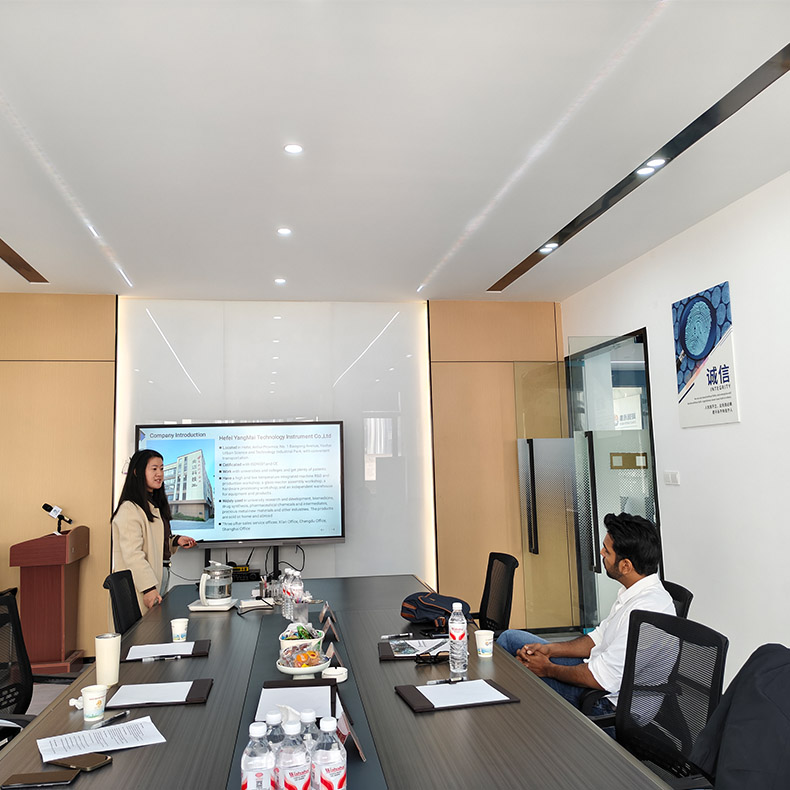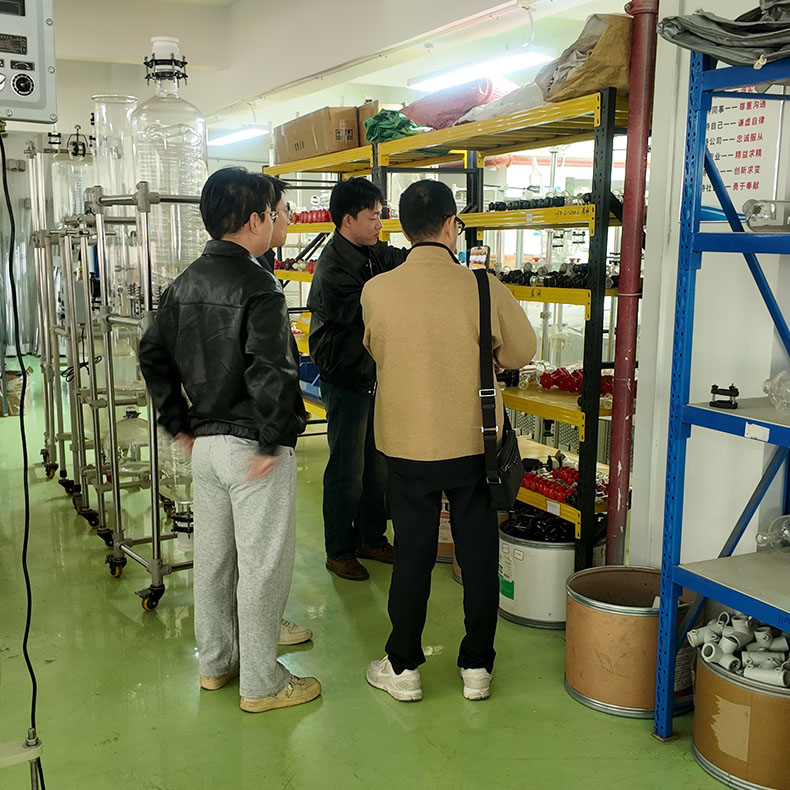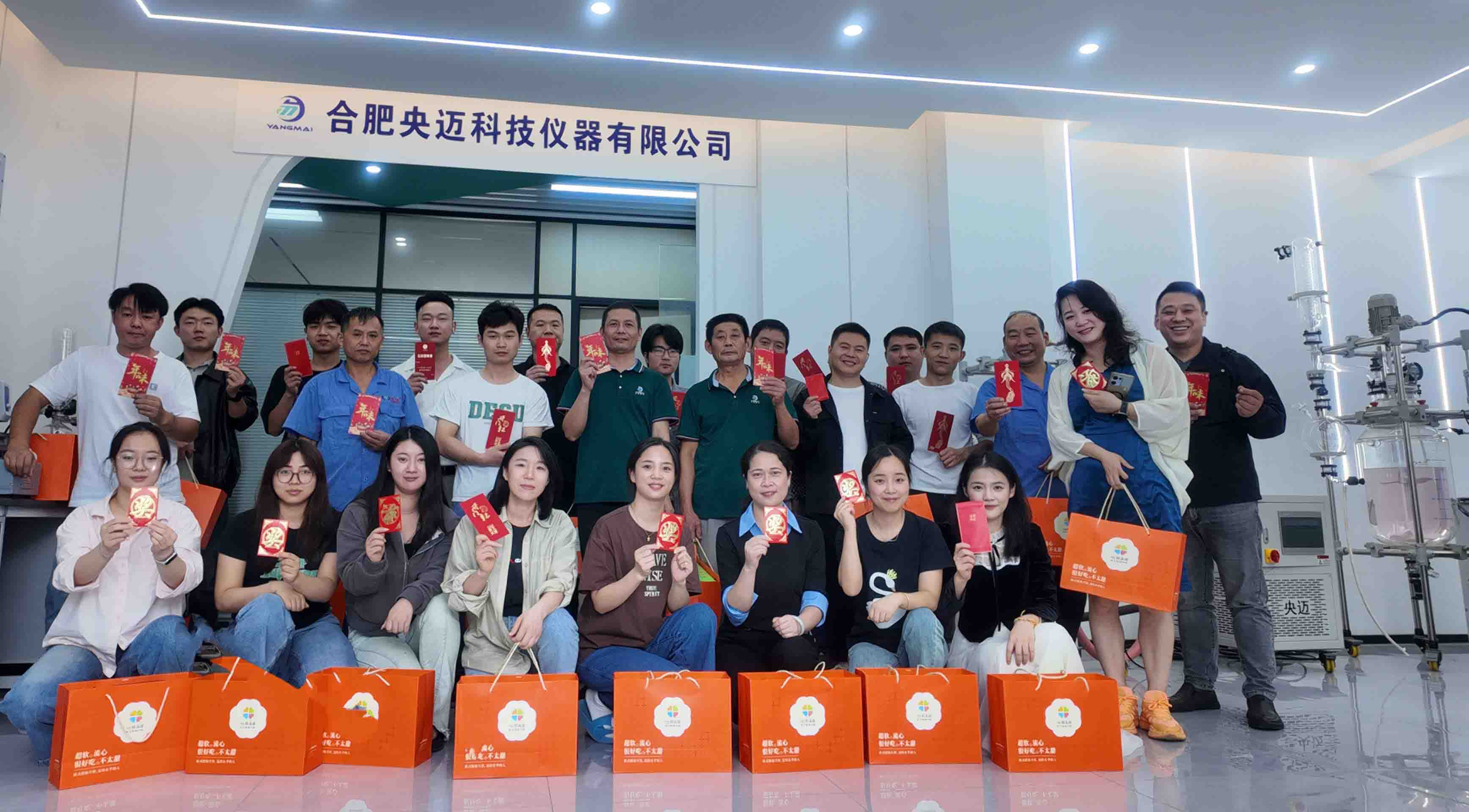With increasing global focus on environmental protection and stricter emission regulations, chemical laboratories are under pressure to operate safely and sustainably. Among the most important solutions is the gas scrubber system, also known as a tail gas absorption device, which plays a crucial role in managing laboratory emissions.
The Risks of Laboratory Emissions
Chemical experiments such as synthesis, crystallization, or distillation often release harmful vapors and gases, including:
-
Acidic fumes (HCl, HNO₃, SO₂)
-
Organic solvent vapors (ethanol, methanol, acetone)
-
Volatile or toxic byproducts
Uncontrolled emissions not only threaten the health and safety of laboratory personnel, but also cause equipment corrosion and contribute to environmental pollution.
How Gas Scrubber Systems Work
A laboratory gas scrubber operates by channeling exhaust gases through an absorption or neutralizing medium. This process removes hazardous components before clean air is released into the atmosphere. Benefits include:
-
Enhanced Safety – Protects researchers from toxic exposure.
-
Environmental Compliance – Helps laboratories meet regulatory standards.
-
Extended Equipment Lifespan – Prevents damage from corrosive vapors.
Environmental Trends Driving Adoption
Modern laboratories are expected to balance scientific research with sustainable practices. By integrating a tail gas absorption device, chemical research facilities can:
-
Reduce their environmental footprint.
-
Demonstrate corporate responsibility.
-
Support the principles of green chemistry and eco-friendly laboratory design.
Conclusion
In today’s environmental landscape, installing a gas scrubber system for chemical laboratories is not just an upgrade—it is a necessity. From protecting researchers to ensuring compliance and sustainability, these systems represent a critical step toward safer, greener, and more responsible laboratory operations.























